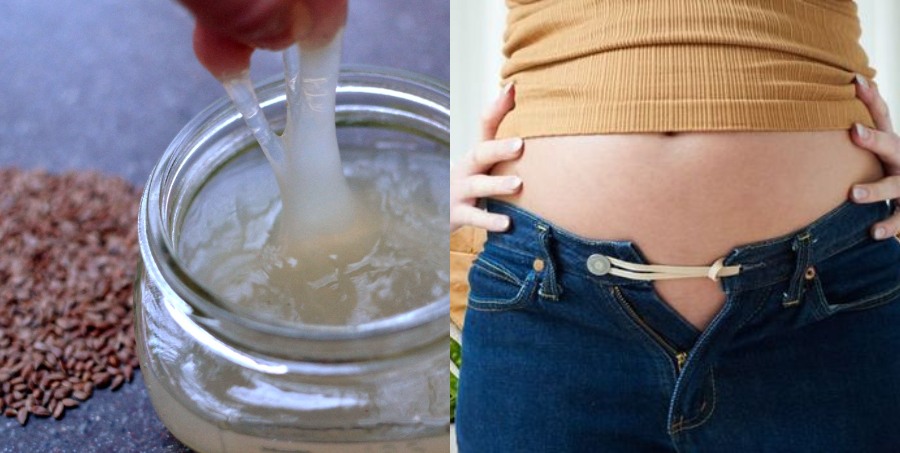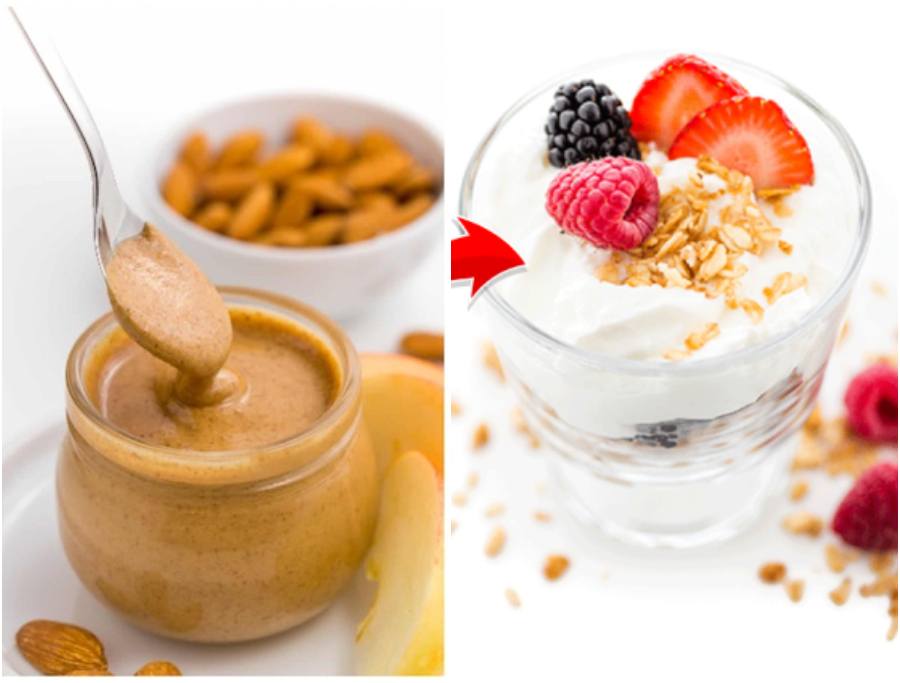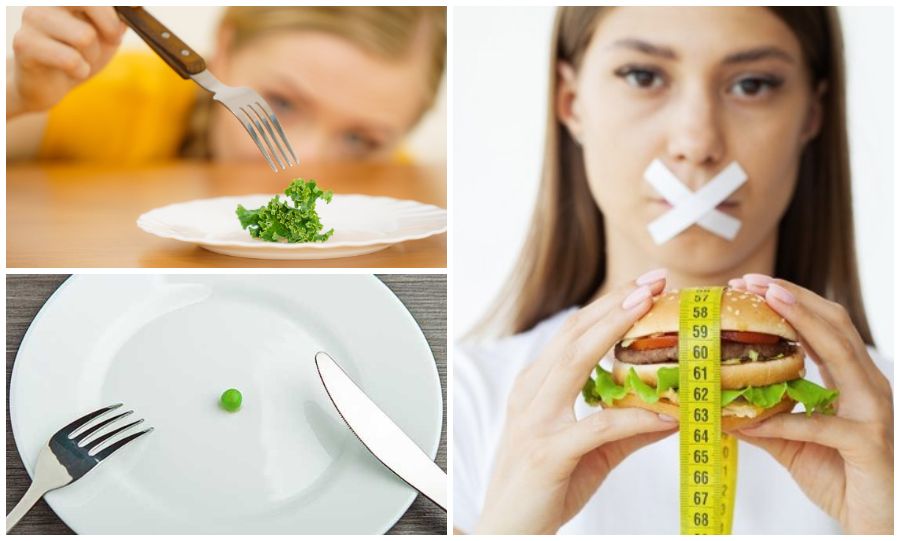You sincerely want to diet to shed extra weight – to get more healthy, fit, and also to wear whatever clothes you want without worrying about finding the correct size; but when those hunger pang strikes, all the willpower and resolve that you had mustered to stay away from glazed doughnuts or cute cupcakes vanishes into thin air. It’s normal to have a strong urge to nibble onto something sweet (read “unhealthy) between 3:30 to 5 pm, but if frequent hunger attacks are ruining your diet, then maybe it’s more mind related than tummy connected. As we have mentioned in previous posts, our body tirelessly works to maintain its energy balance, and works through a system of hormones, enzymes, chemicals to relay signals that tell us to replenish energy and we understand it in the form of hunger pangs or a strong desire to eat something. But why are we trying to control appetite and hunger pangs? Because frequent and mindless eating leads to calorie surplus (more calories than we actually need in a day), and these extra calories get stored as fat in tissues, cells, and around internal organs leading to weight gain and obesity. Hence it becomes necessary to curb unnecessary hunger pangs not only to lose weight but to remain healthy as well. The mushrooming of gimmicky products (everything from herbal teas to shakes) that claim to control for hours together and the way people are lapping them up shows how we deeply connect hunger and appetite with weight loss. But why things complicated when you have got easy and simple ways to curb appetite. Emotions, visual cues, thirst can all trigger such a situation, and in this post, we list down ways to control hunger pangs while dieting when you are trying to drop extra weight.


1. Stick to Meal Timings and Snacking Schedule: When you get on a routine and scheduled meal timings, you can dictate the function of appetite-stimulating hormones rather than the reverse happening. This is where Rati Beauty weight loss diet can help in a great way with meal and snacking schedules that prevent unnecessary hunger pangs.
2. Control Hunger Hormone Ghrelin: The function of ghrelin is to stimulate hunger and trigger appetite. People tend to blame their “insatiable appetite” for their weight gain and also for their inability to lose weight, but there’s a “culprit” you can tie this constant feeling of hunger to – it’s the hormone “ghrelin.” However, it’s possible to reign in this appetite – 20 Ways to Control Hunger Hormone Ghrelin to Lose Weight.
3. Water Preloading: Water preloading is a healthy and almost effortless to suppress appetite. In this strategy, experts recommend to consume 500 ml of plain water half an hour before each meal (breakfast, lunch, and dinner). Such a quantity of water before the meal will significantly stretch your tummy and as a result, there would be lesser release of the hunger hormone “ghrelin.” This means you would feel full, and would not crave for food all the time. It is an effective strategy to tackle overeating. It’s a fact that most of us do not consume enough water through the day, and most of the times, we are just thirsty and not really hungry. Frequent hunger pangs are most probably caused due to dehydration and if you can provide your body with more H2O, you can lose weight rather effectively.
4. Cut Down on Soft Drinks and Sweetened Aerated Beverages: Sugary drinks trigger sharp insulin spikes which although manage to provide a quick boost of energy, the sharp drop later on can leave you hungry and craving for food. There’s also research that carbonated and aerated drinks trigger the release of ghrelin through mechanosensation, making you hungry shortly after.
5. Look for Water-Dense Fruits and Vegetables: Foods that have higher water content have low number of calories and keep you feel for longer. Water-dense food such as cucumber, zucchini, lettuce, celery, bell peppers, cabbage, etc., serve two purpose – they are low in calories and carbs and at the same time, rich in water, so hydrate the body and make you fill with low calories. Here’s a list of “19 Water-Rich Fruits that can help with weight loss.”
6. Eat Enough Fiber with Every Meal: Fiber in daily diet is strongly linked to fullness and satiety. A high-fiber meal helps in controlling appetite because it moves slowly through the gut, keeping you full for longer. Since fiber has low glycemic index, it also does not spike up insulin either, curbing unnecessary cravings. Actually fiber works in multiple ways to curb hunger by expanding stomach, increasing satiety, and maintaining healthy gut bacteria which in turn regulates hunger hormone ghrelin.
7. Preload with a Plate of Salad Before Each Meal: Salads are a good way to cut down calories and also to get the necessary fiber from veggies, keeping you full, preventing unnecessary cravings. Try to eat a plate of salad before each meal and see how you no longer feel as ravenous as before.
8. Start with a Protein-Rich Breakfast: Protein is a macronutrient that promotes satiety, increases thermogenesis, and aids weight loss by controlling appetite.
9. Include Healthy Fats: When healthy fats are a part of the diet, it helps in releasing “leptin” which is the satiety hormone which helps to curb unwanted cravings and lowers appetite, and in turn mobilizes and burns fat too. Avocados, olive oil, nuts and seeds have healthy fats that help control hunger.
10. Avoid Sugary Delights: Sharp fluctuations in insulin levels affect the rise and fall of ghrelin as well. When insulin drops, ghrelin will rise to replenish energy. Additionally, sugar tends to activate the reward center of the brain that makes us feel good with the release of pleasure chemicals such as dopamine, and we fall into the cycle of craving for sugary foods to activate and release such pleasure hormones, and crave for such foods in a cyclic manner. Additionally, sugar leads to malfunctioning of leptin hormone and the functioning of satiety cues, leading to a constant state of hunger.
11. Increase Consumption of Dairy Products: Dairy products have been found to lower appetite and keep you full for longer – milk, paneer, curd all have been found to do that.
12. Sleep for at least 7 hours every night: We cannot just stop stressing on the importance of getting 7 hours of sleep each night – it helps to reduce stress, aids in weight loss, resets metabolism, and lowers cravings and regulates appetite. People who sleep for less than 7 hours every night have higher levels of ghrelin and wake up the hungriest in the morning, with a ravenous appetite. We would also like to tell you that sleeping for 4 or 5 hours lowers leptin level and over time, will cause leptin dysfunction, making it hard for you to drop weight.
13. Don’t Resort to Artificial Sweeteners: Though they claim to be low in calories, artificial sweeteners can do one thing, they tend to stimulate appetite and make hunger pangs worse.
14. Sip on Coffee: Not the sweetened, sugary flavoured ones, brew your own coffee and keep it sugar free to have a control over hunger pangs.
15. Lower Stress to Curb Appetite: It’s imperative to lower stress to keep a tabs on appetite because stress raises the level of ghrelin hormone, triggering unwanted cravings, and studies have found a direct link between stress and weight gain. Chronic stress can not only prevent weight loss, it can lower metabolism, increase appetite and cravings too. Stress can also trigger emotional eating where you resort to sweet and high-calorie food to calm the nerves. These foods then trigger the release of “pleasure chemicals” that have a soothing effect and help relax and take the load off. So, whenever we are stressed out, we feel physiological hunger, turning towards unhealthy food to get out of stressful situations. This addiction will trigger frequent hunger pangs, leading to rapid weight gain. Read about “7 Ways To Beat Stress Related Weight Gain” in this post.
Top 19 Water-Rich Fruits for Weight Loss
18 Hacks to Feel Fuller Faster While Trying to Lose Weight






